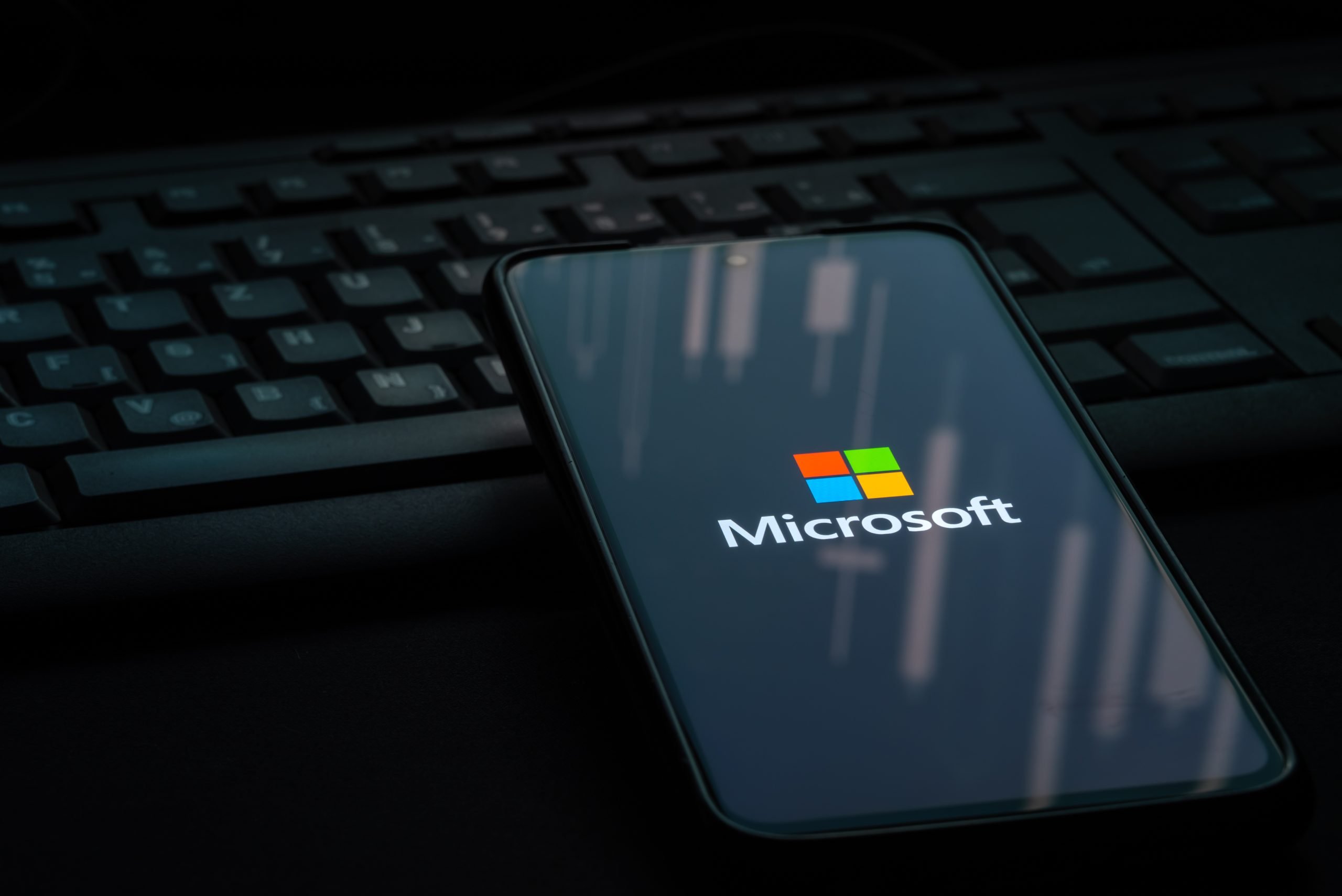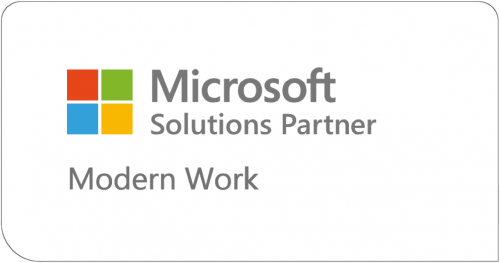What’s Changing?
Microsoft is strengthening its email ecosystem by implementing new requirements for high-volume senders – specifically those sending over 5,000 emails per day. Starting 5th May 2025, Outlook will begin routing messages from non-compliant domains to the Junk folder. Even more concerning, at a future date (yet to be announced), non-compliant messages will be rejected entirely.
These changes apply to Microsoft’s consumer services, supporting hotmail.com, live.com, and outlook.com addresses. The new requirements are designed to protect users from spam and phishing attempts, but they also mean that legitimate businesses need to ensure they’re following the new protocols to maintain their email deliverability.
Understanding the Authentication Protocols
Let’s weave together an understanding of these essential email authentication methods that Microsoft will now require:
SPF (Sender Policy Framework)
SPF allows domain owners to specify which mail servers are permitted to send email on behalf of their domain. Microsoft now requires that SPF must pass for the sending domain, with your domain’s DNS records accurately listing all authorised IP addresses and hosts.
DKIM (DomainKeys Identified Mail)
DKIM adds a digital signature to your emails that verifies they haven’t been tampered with during transit. It’s like sealing an envelope with your company’s unique wax seal – a mark of authenticity that recipients’ email systems can verify. Microsoft now requires that DKIM must pass to validate email integrity and authenticity.
DMARC (Domain-based Message Authentication, Reporting & Conformance)
DMARC builds upon SPF and DKIM, allowing domain owners to specify how email receivers should handle messages that don’t pass authentication checks. Microsoft requires that your domain has at least a p=none policy and aligns with either SPF or DKIM (preferably both).
Additional Email Hygiene Recommendations
Microsoft has also outlined additional best practices for large senders to maintain quality and trust:
- Compliant Sender Addresses: Ensure your “From” or “Reply-To” address is valid, reflects the true sending domain, and can receive replies
- Functional Unsubscribe Links: Provide an easy, clearly visible way for recipients to opt out of further messages, particularly for marketing or bulk mail
- List Hygiene & Bounce Management: Remove invalid addresses regularly to reduce spam complaints, bounces, and wasted messages
- Transparent Mailing Practices: Use accurate subject lines, avoid deceptive headers, and ensure your recipients have consented to receive your messages

Why These Changes Matter for Your Business
Without proper email authentication, your business could be at significant risk:
- Reduced email deliverability: Your important business communications may land in junk folders or be rejected entirely
- Damaged reputation: Poor email practices can harm your brand’s trustworthiness
- Lost opportunities: Missed connections with clients, partners, and prospects
- Wasted resources: Time and effort spent creating emails that never reach their intended recipients
Microsoft has made it clear that they reserve the right to take negative action, including filtering or blocking, against non-compliant senders, especially for critical breaches of authentication or hygiene.
Taking Action: Steps to Ensure Compliance
Are you looking for a business communications partner that listens – one that’s capable of not only solving your problems but also of taking action to make your business stronger? Then you’ve come to the right place.
Here’s what you need to do:
- Audit your DNS records: Verify your SPF, DKIM, and DMARC records to ensure they meet all the requirements
- Verify authentication headers: Learn how to view and interpret email authentication headers to confirm compliance
- Implement proper alignment: Ensure your “From” domain matches (or is a subdomain of) the domain used by SPF and/or DKIM
- Clean your mailing lists: Remove inactive or invalid addresses regularly to lower bounce rates and reduce spam complaints
- Coordinate with third-party vendors: If you use an external email service, ensure they have configured the correct DNS settings for your domain
Common Questions About These Changes
Do I need to comply if I send fewer than 5,000 emails per day?
While enforcement first targets large senders, all senders benefit from these best practices. Strong authentication protects your reputation and improves deliverability.
Will adding to safe senders list bypass the new enforcement?
No. Microsoft has confirmed that Safe Sender lists won’t be honoured for these authentication requirements.
Does publishing a strict DMARC policy offer better security?
Absolutely. Once your legitimate sources are aligned, a p=reject policy is the most effective at preventing domain spoofing. Microsoft advises moving gradually (none → quarantine → reject) to avoid unintended mail loss.
What if I use multiple email systems?
You can manage multiple DKIM selectors (e.g., selector1, selector2) to maintain clarity and isolate reputation concerns across various business units or campaigns.
How We Can Help
We work with you to develop a bespoke solution, weaving together all aspects of your communications into a strong connectivity fabric. Our team of experts can:
- Audit your current email authentication setup
- Configure SPF, DKIM, and DMARC records correctly for your domain
- Ensure your email systems comply with Microsoft’s new requirements
- Monitor your email deliverability and authentication performance
- Provide ongoing support to maintain optimal email communications

Don’t Wait Until Your Emails Stop Reaching Outlook Users
The world is no longer going to be the same – so, the way your business connects to it has to change, too. Microsoft’s new requirements reflect the evolving landscape of digital communications security.
We urge you to take action now, rather than waiting until May 2025 when your emails might already be affected. By preparing early, you ensure that your business remains responsive, efficient, and always connected.
Get in Touch
Need a partner that enhances your business communications and supports you at every step of your journey? Then you’ve come to the right place. Contact us today to discuss how we can help you meet Microsoft’s new email requirements and strengthen your overall communications strategy.
Let’s connect and ensure your business messages continue to reach their intended recipients, regardless of changing email standards.


